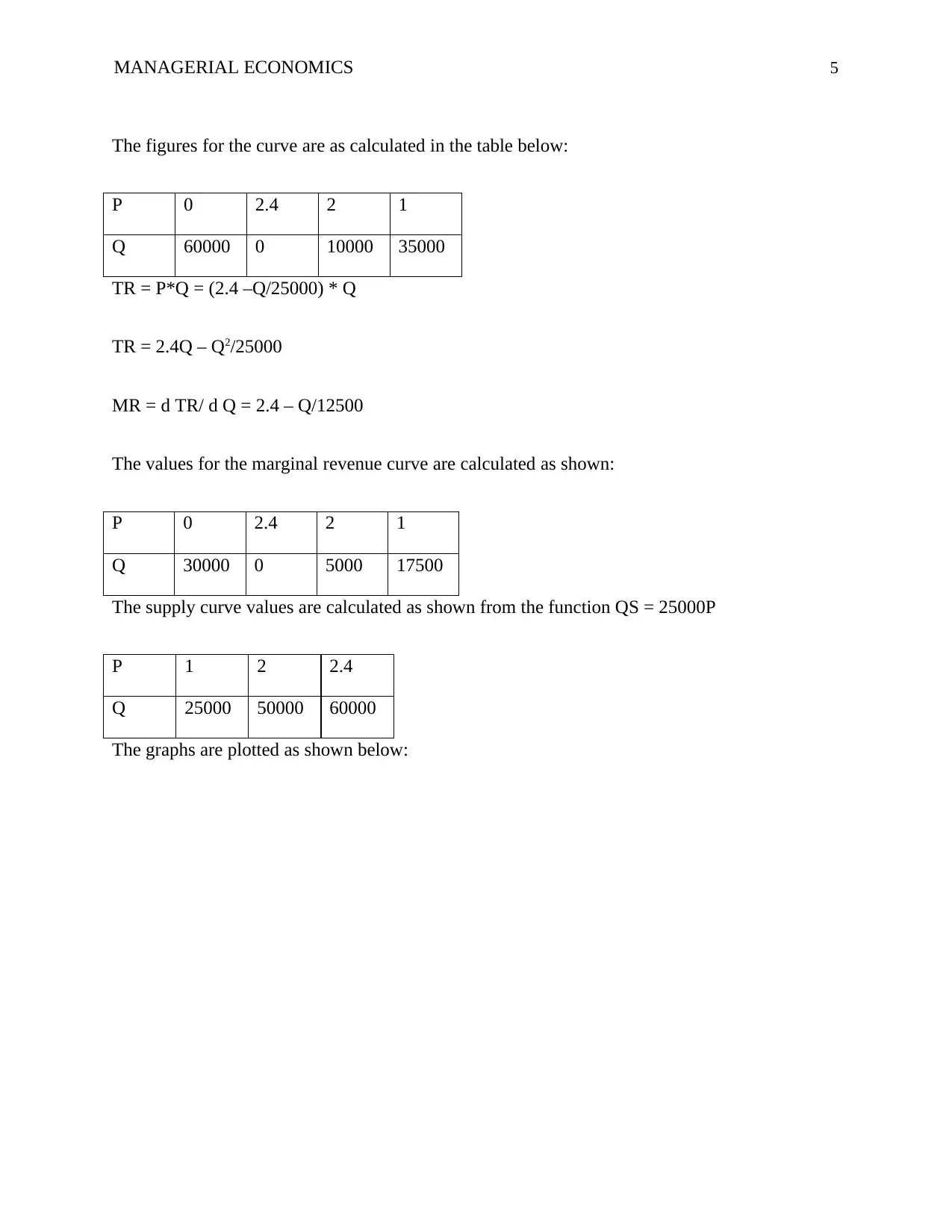Managerial Economics Assignment: Demand, Supply, and Pricing
VerifiedAdded on 2021/11/02
|6
|867
|98
Homework Assignment
AI Summary
This managerial economics assignment solution analyzes two key problems. The first problem explores a firm's profit maximization in the short run, calculating the demand curve, marginal revenue, and profit earned when the marginal cost equals the marginal revenue. The analysis includes graphical representation of the curves. The second problem examines the equilibrium price and output in a gasoline market with 100 identical self-service stations, modeling demand and supply functions, calculating equilibrium price, and comparing the outcome to a monopoly situation, including a discussion of allocative inefficiency and deadweight loss. The solution includes calculations for various economic concepts and graphical representations of the market scenarios and provides references to support the analysis.
1 out of 6













![[object Object]](/_next/static/media/star-bottom.7253800d.svg)